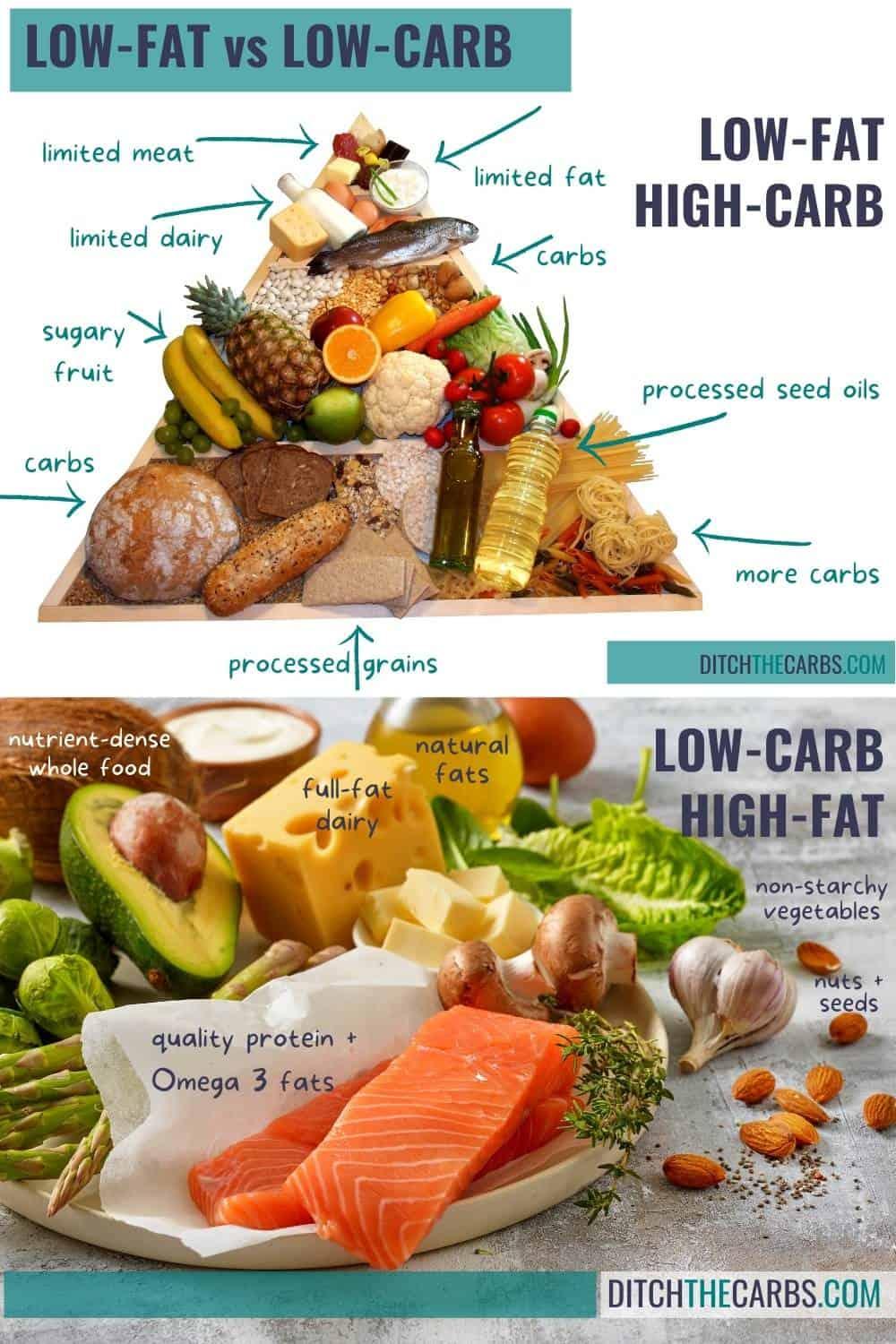In the ever-evolving landscape of dietary trends, the low-fat diet has long been championed as a cornerstone for those seeking to shed pounds and achieve a healthier lifestyle. This approach, which emphasizes the reduction of fat intake in favor of carbohydrates and proteins, gained prominence in the late 20th century and continues to be a popular choice among dieters. However, as with any dietary regimen, it is essential to critically assess its efficacy and suitability for individual needs. This article delves into the pros and cons of the low-fat diet for slimming, providing a balanced analysis that empowers readers to make informed decisions. By examining the scientific evidence, nutritional principles, and potential health implications, we aim to offer a comprehensive perspective on whether the low-fat diet is the optimal path for achieving and maintaining weight loss goals.
Understanding the Low Fat Diet: Key Principles and Nutritional Composition
The low-fat diet emphasizes reducing the intake of dietary fats, particularly saturated and trans fats, while encouraging the consumption of lean proteins, whole grains, and a variety of fruits and vegetables. This approach is grounded in the belief that lowering fat intake can aid in weight loss and improve heart health by decreasing overall calorie consumption and reducing cholesterol levels. Key principles of this diet include choosing foods that are naturally low in fat, such as legumes, poultry without skin, and non-fat dairy products.
- Emphasis on Complex Carbohydrates: Foods like whole grains, beans, and starchy vegetables are staples, providing essential nutrients and fiber.
- High Fiber Intake: A diet rich in fruits and vegetables ensures a high fiber content, promoting satiety and digestive health.
- Moderation of Protein Sources: Lean meats, fish, and plant-based proteins are encouraged, reducing reliance on fatty cuts of meat.
- Limited Processed Foods: Foods high in added sugars and unhealthy fats are minimized, helping to prevent excess calorie intake.
Understanding these principles can help individuals effectively implement a low-fat diet while ensuring nutritional adequacy. This dietary pattern can be tailored to individual needs, allowing flexibility in food choices while adhering to its fundamental guidelines.
Analyzing the Benefits: How a Low Fat Diet Can Aid Weight Loss
A low-fat diet can be a powerful tool in the arsenal of anyone aiming to shed pounds effectively. By emphasizing the reduction of overall fat intake, this approach can lead to a decrease in calorie consumption, which is often the key driver behind weight loss. When dietary fats are limited, individuals typically consume fewer calories because fats are more calorie-dense than proteins or carbohydrates. This reduction can create a calorie deficit, essential for weight loss.
- Increased Satiety: Many low-fat diets encourage the consumption of high-fiber foods like fruits, vegetables, and whole grains, which can enhance feelings of fullness and reduce overall calorie intake.
- Improved Heart Health: By cutting down on unhealthy fats, particularly saturated and trans fats, individuals can lower their cholesterol levels and reduce the risk of cardiovascular diseases.
- Enhanced Nutrient Absorption: A diet rich in low-fat, nutrient-dense foods ensures a more balanced intake of essential vitamins and minerals, supporting overall health and vitality.
It’s important to note, however, that not all fats are detrimental. Incorporating healthy fats, such as those found in avocados, nuts, and olive oil, can provide essential fatty acids and support metabolic processes. Thus, while a low-fat diet can be beneficial for weight loss, it should be approached with a focus on balance and nutrient quality to ensure optimal health outcomes.
Potential Drawbacks: Limitations and Health Concerns of Low Fat Diets
While low fat diets are often praised for their heart-healthy benefits, they are not without their shortcomings. One major limitation is that reducing fat intake can sometimes lead to an increased consumption of refined carbohydrates and sugars. This substitution may inadvertently elevate blood sugar levels, posing a risk for insulin resistance and type 2 diabetes. Furthermore, essential fatty acids, which are crucial for brain function and cell growth, might be insufficiently consumed. The absence of these healthy fats can affect hormone regulation and may lead to issues such as dry skin, fatigue, and even mood swings.
Health concerns also arise from the potential lack of satiety. Fats are known to promote a feeling of fullness, and their absence can result in increased hunger, making it difficult to maintain the diet long-term. This can lead to overeating and weight gain, counteracting the very purpose of the diet. Additionally, low fat diets can be deficient in fat-soluble vitamins such as A, D, E, and K. Without adequate fat intake, the body struggles to absorb these nutrients effectively. Potential drawbacks include:
- Substitution with high-sugar foods
- Insufficient essential fatty acids
- Lack of satiety leading to overeating
- Deficiency in fat-soluble vitamins
In summary, while a low fat diet can be beneficial for some, it is essential to approach it with a balanced perspective to avoid these potential pitfalls.
Expert Recommendations: Making the Low Fat Diet Work for You
To maximize the benefits of a low fat diet, experts recommend a strategic approach that balances nutrient intake while maintaining flavor and satisfaction. Here are some key strategies:
- Prioritize Whole Foods: Focus on incorporating whole, unprocessed foods such as fruits, vegetables, and whole grains. These foods are naturally low in fat and high in essential nutrients and fiber.
- Choose Lean Proteins: Opt for lean protein sources like chicken, turkey, fish, and legumes. These provide the necessary amino acids without excessive fat content.
- Limit Added Sugars: While reducing fat, it’s crucial not to compensate with high sugar intake. Choose naturally sweet foods and avoid sugary drinks and snacks.
- Incorporate Healthy Fats: Despite the focus on low fat, incorporating small amounts of healthy fats from sources like avocados, nuts, and olive oil can enhance satiety and flavor.
These recommendations ensure that your low fat diet remains balanced and enjoyable, facilitating sustainable weight loss and overall health improvement.
